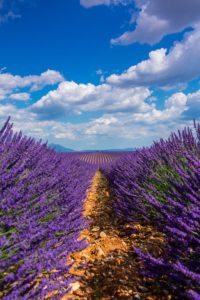
I just returned from Europe where I spoke with a prominent scientist who said that he had found a cure for herpes. It was a plant-based product and had run the course of several clinical trials with great success. I asked him when he planned to put it on the market. He shook his head and told me that his investors wanted to reformulate it because “whole plant products” can’t be patented. He went on to explain, they had begun to run some clinical trials extracting only the active ingredients from the plants, and the success rate dropped dramatically.
This is not new news. Those of us in the natural products industry are well aware that this happens all the time. Someone finds a plant or combination of plants that heal an ailment and the product never makes it to market, due to a patent issue or because there wasn’t enough science to prove it worked.
What caused me real concern in my travels through the EU were the restrictions on herbal medicine. I couldn’t find a lay herbalist anywhere in Germany. In fact, you need a medical license to work with plant medicines. Although plant medicines are found in the local pharmacy, which I think is good, all of them are licensed medicines through the EMA similar to our FDA. Can you imagine if that were to happen in our country!? Many of you may think, good at least they are setting the standard for plant medicines, which will make them safer. But what is safe? In the US over 150,000 people die from complications due to pharmaceutical medications each year, while less than 1 person on average dies from herbal medicines. Let’s think about this. Medical professionals are dispensing our pharmaceuticals and the death rate is extremely high while lay people, herbalists and other “unqualified persons” are dispensing and taking herbal products and the death rate is next to nothing.
What if this mentality spreads to the US? It’s become so restricted in the EU that an herbalist in the UK, for example, can only make plant remedies for one person at a time using the herbs from their own garden. BUT if they want to make a batch of remedies to sell in their store not only do they have to be approved by the EMA but the herbs must be bought from a certified herbal company! The approval for an EMA license takes millions of dollars, leaving it viable only to big corporations.
Eighty percent of people around the world use plant medicines right from their own backyard. For example thyme, which we think of mainly as a culinary herb is used by many cultures to treat respiratory ailments. Comfrey is used to assist in healing wounds and garlic helps lower blood sugar levels. These are just a few examples of common plants which can be used as alternatives to pharmaceutical drugs. In our Western culture, we’ve lost the knowledge of plant medicines and have therefore become afraid of them. I encourage everyone reading this blog to take one simple herb like Lavender or Peppermint and begin learning about not only the plant, but how it interacts with your own unique body. I feel that we are so far removed from believing we can heal ourselves (and I’m talking about the every day cold, bump, cut, sprain) that we run to a doctor or grab a pharmaceutical off the shelves. We never get to listen to our own bodies because somebody else is always telling us what to put on it and in it. We need to create herbal gardens together and teach each other what we know. In leaving it entirely to the experts, we leave it up to someone else to heal us.


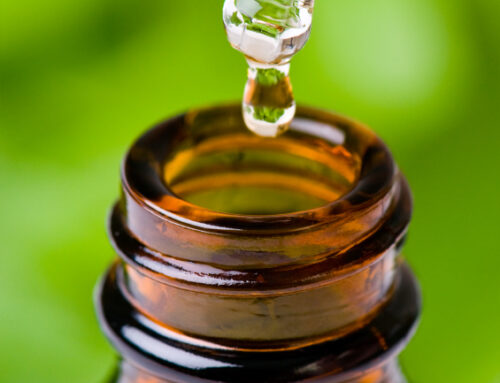
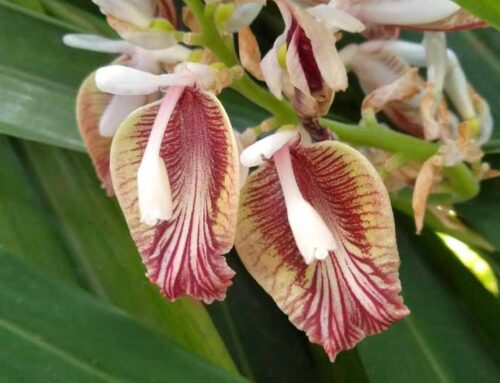
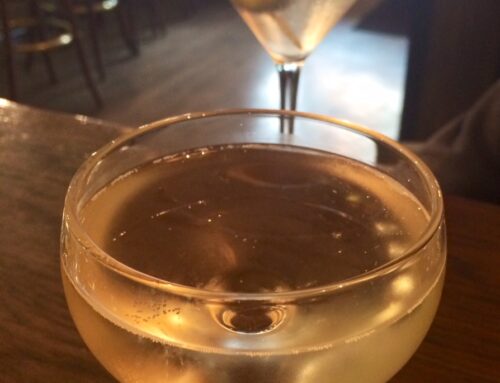

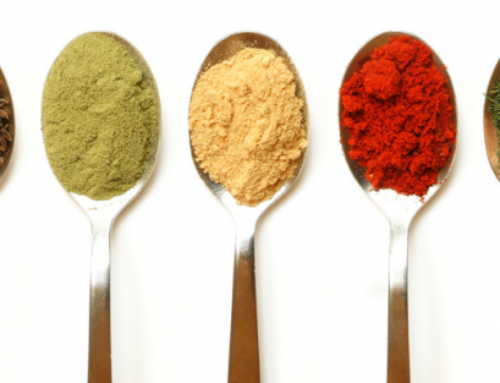
Leave A Comment